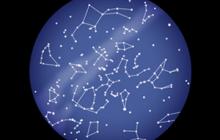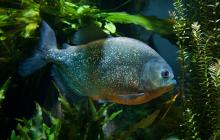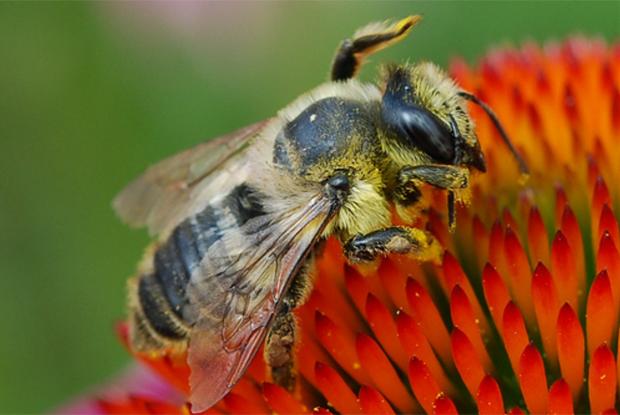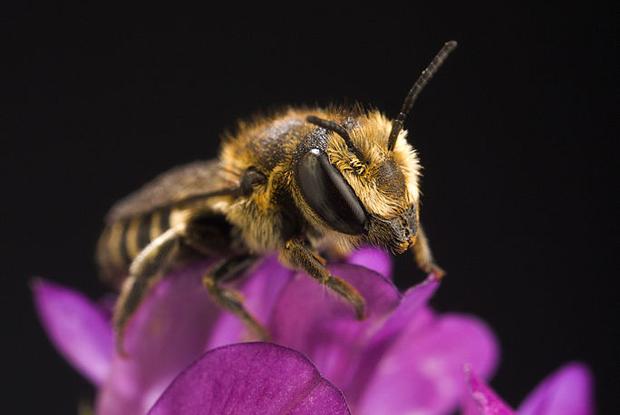Insects and other arthropods
Menu header en
About Us
Menu header Billetterie en
Global menu
- Home
- Planning your visit
- Explore our Spaces
- Column 1
- Column 2
- Column 3
- Jardin botanique
- About
- Garden map
- Rules for the Jardin botanique
- Greenhouses collections
- Gardens and greenhouses
- Blooms
- Cultural Gardens
- The Frédéric Back Tree Pavilion
- Henry Teuscher Award
- Horticultural conferences
- The Jardin botanique’s odd plants
- Jardin botanique
- Column 4
- Column 5
- Further reading
- Column 1
- The Green Pages
- ABCs of gardening
- Indoor Plants
- Indoor Plants – Fact sheets
- General care of indoor plants
- Propagating indoor plants
- Indoor plants and air quality
- Making a terrarium
- Indoor bonsai
- Growing orchids
- Pollinating orchids
- Epiphytic cacti
- Succulent plants
- Cyclamen
- Poinsettias
- African violet (Saintpaulia)
- Amaryllis
- Hortensia (Hydrangea macrophylla)
- Diseases, pests and undesirable plants
- Diseases, pests and undesirable plants - Fact sheets
- Invasive exotic insects
- Entomopathogenic nematodes
- How to keep animals out of your flower and vegetable gardens
- Undesirable plants
- How to control weeds
- Giant hogweed
- Ragweed or poison ivy?
- Learn to recognize poison ivy
- Japanese knotweed
- Garlic mustard
- Trees and shrubs
- Trees and shrubs – Fact sheets
- Planting trees and shrubs
- Pruning ornamental trees and shrubs
- Pruning fruit trees
- Advice for a diseased or declining tree
- Cultivating hydrangeas
- Lilacs
- Rhododendrons
- Roses
- Climbing plants
- Deciduous and coniferous trees in city gardens
- Mistletoe
- Holly
- Growing oak trees from acorns
- Growing ginkgo from seed
- Diseased Russian olive trees
- Flowering crabapple cultivars
- Lichens and trees
- Fall colours
- Tree roots and building foundations
- Glossary
- Lawn and ground covers
- Annuals, perennials and bulbs
- Vegetables and herbs
- Vegetables and herbs – Fact sheets
- The vegetable garden
- Location, dimensions and planning
- Importance and preparation of the soil
- Indoor seeding: Vegetables and annuals
- Maintenance of the vegetable garden
- Vegetable selection
- How do we grow potatoes? Planter’s guide
- Squash recipes
- How to roast your pumpkin seeds
- Raised bed vegetable garden
- Jardin botanique salsa verde
- Zero waste chimichurri sauce
- Harvesting seeds from a vegetable garden
- Harvesting and drying decorative gourds
- Edible flowers
- Herbs
- A kitchen garden for biodiversity
- Multicultural gardens
- Landscaping
- Québec native plants
- Insects and other arthropods
- What is an arthropod?
- Studying insects
- Bees, wasps and bumble bees
- Spiders
- Ants
- Flies and mosquitoes
- Butterflies, moths and caterpillars
- Stick insects
- Scorpions
- Singing insects
- Aquatic insects
- Unwanted roommates
- The strangers around us
- Arthropods and us
- Interesting books and links
- Search for an insect or an arthropod
- Astronomy
- Potagers du monde
- The Green Pages
- Column 2
- Column 3
- Column 4
Explore the splendours of the sky
- Column 1
- Get involved
- Column 1
- Column 2
- Column 3
- Column 4
Support the Space for Life
- Kids and teachers
- Scientific research
- Column 1
- Column 2
- Column 3
- Column 4
Our institutions’ expertise







